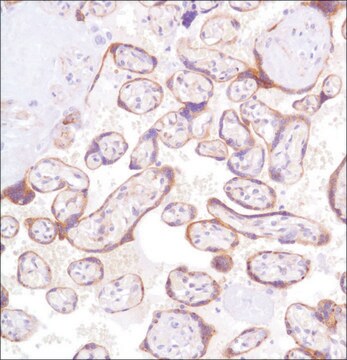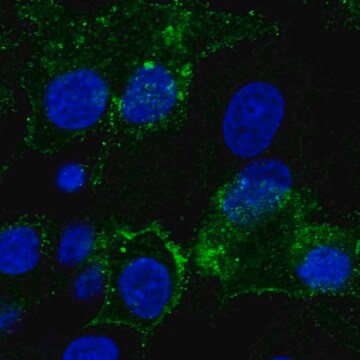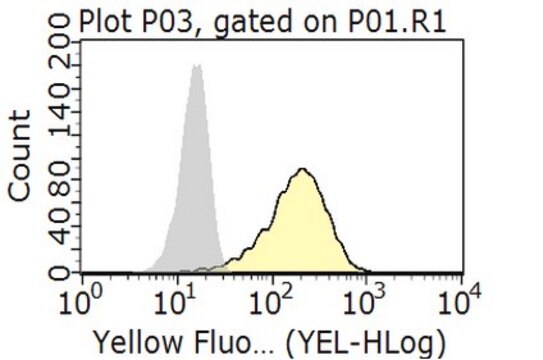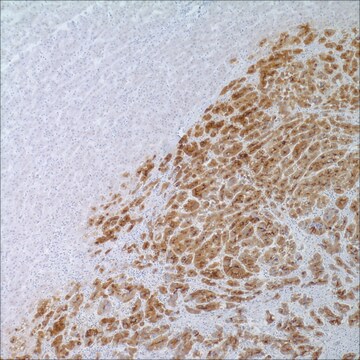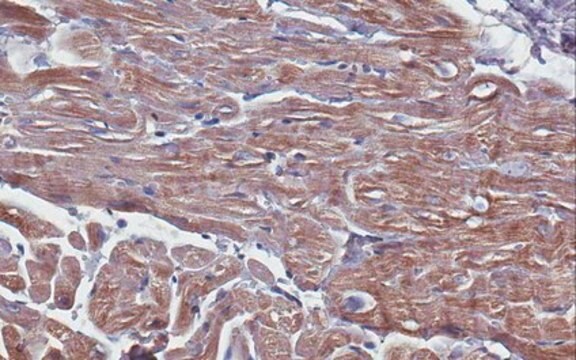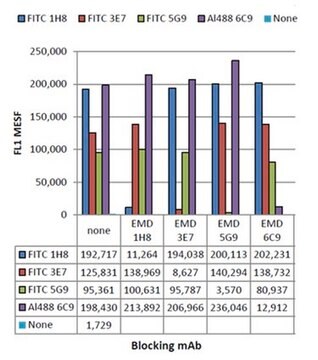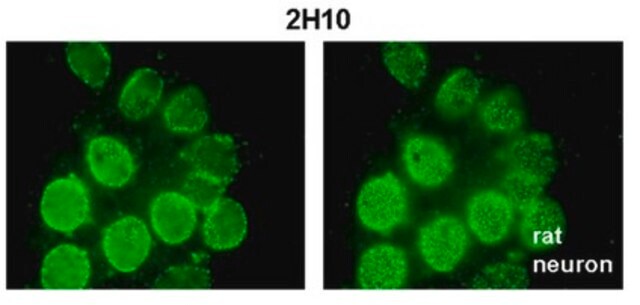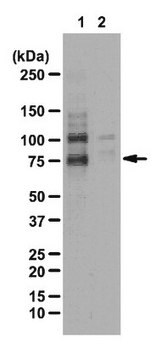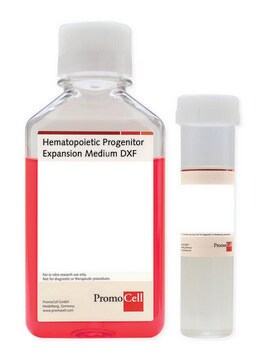MABC667
Anti-GPC3 Antibody, clone 9C2
ascites fluid, clone 9C2, from mouse
Synonym(s):
SGB, DGSX, MXR7, SDYS, SGBS, OCI-5, SGBS1, GTR2-2, Glypican-3, Intestinal protein OCI-5
About This Item
Recommended Products
biological source
mouse
Quality Level
antibody form
ascites fluid
antibody product type
primary antibodies
clone
9C2, monoclonal
species reactivity
mouse, human
technique(s)
flow cytometry: suitable
immunofluorescence: suitable
immunohistochemistry: suitable
western blot: suitable
isotype
IgG1
UniProt accession no.
shipped in
wet ice
target post-translational modification
unmodified
Gene Information
human ... GPC3(2719)
Related Categories
General description
Immunogen
Application
Immunofluorescence Analysis: A 1:200-1,000 dilution from a representative lot detected GPC3 in HeLa cells.
Flow Cytometry Analysis: A 1:200-400 dilution from a representative lot detected GPC3 in Jurkat cells.
Optimal working dilutions must be determined by end user.
Apoptosis & Cancer
Apoptosis - Additional
Quality
Western Blotting Analysis: A 1:500-2,000 dilution of this antibody detected GPC3 in mouse liver, HepG2, HEK293, Jurkat, SK-N-SH, PC-12, and F9 cell lysates.
Target description
Physical form
Storage and Stability
Analysis Note
Mouse liver, HepG2, HEK293, Jurkat, SK-N-SH, PC-12, and F9 cell lysates
Disclaimer
Not finding the right product?
Try our Product Selector Tool.
Signal Word
Danger
Hazard Statements
Precautionary Statements
Hazard Classifications
Aquatic Chronic 3 - Repr. 1A
WGK
WGK 2
Flash Point(F)
Not applicable
Flash Point(C)
Not applicable
Regulatory Listings
Regulatory Listings are mainly provided for chemical products. Only limited information can be provided here for non-chemical products. No entry means none of the components are listed. It is the user’s obligation to ensure the safe and legal use of the product.
Certificates of Analysis (COA)
Search for Certificates of Analysis (COA) by entering the products Lot/Batch Number. Lot and Batch Numbers can be found on a product’s label following the words ‘Lot’ or ‘Batch’.
Already Own This Product?
Find documentation for the products that you have recently purchased in the Document Library.
Our team of scientists has experience in all areas of research including Life Science, Material Science, Chemical Synthesis, Chromatography, Analytical and many others.
Contact Technical Service